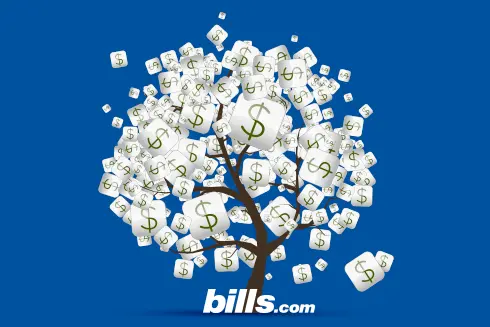
Get rid of your debt faster with debt relief
Choose your debt amount
Or speak to a debt consultant 844-731-0836
I can't afford payments on a repossessed vehicle and the company is issuing a summons. How should I deal with this?
I co-signed a loan with my grandson for a car, which was later repossessed. Neither of us can afford the payments. I have nursing home fees, which are piling up, and the company is now issuing a summons. What are my options here? Will the company be able to put lien on my property?
When a vehicle is repossessed, the lender will sell the car at auction and apply the sale price at auction to the amount that you still owe on the original car loan. If the auction does not net enough money to cover the full balance of the note, which it rarely does, then the original borrower would owe the difference, called a deficiency balance, to the lender. The creditor can collect on the deficiency balance like any other unsecured debt, up to and including filing a lawsuit against the borrower. Once a judgment has been obtained, bankruptcy is one of the few definitive ways to prevent the creditor from proceeding with executing on the judgment, which can include wage garnishment, property liens, and bank levies.
However, the creditor may be willing to work with you to establish a repayment plan which you can afford, to help you avoid bankruptcy. If you want to try to repay this debt and prevent further collection efforts by the creditor, I would encourage you to contact the creditor to discuss possible repayment arrangements. The creditor may be willing to forgo further judgment execution if you can commit to reasonable regular monthly payments. However, if you cannot, or are unwilling to, make payments, it is likely that the creditor will continue to try to execute on its judgment, in which case a bankruptcy filing may be your best option.
Given the length of time the creditor can enforce its judgment, and the fact that it is again trying to garnish your wages, a bankruptcy filing may be the best solution to resolve this debt. However, many factors must be considered before deciding to file bankruptcy, such as your income, your assets, your expenses, and your future plans. I strongly encourage you to consult with a qualified bankruptcy attorney in your state to help you determine if bankruptcy is a practical solution to your financial troubles. While it is true that bankruptcy will appear on your credit profile for 10 years from the date of filing, you may find that the benefits of ridding yourself of this debt outweigh the negative impact that filing for bankruptcy protection is likely to have on your credit rating.
As I mentioned earlier, consult with a lawyer to learn what action this creditor can take against and if bankruptcy is a viable solution. I also invite you to visit the Bills.com Debt Help page for more general information and suggestions about how to deal with mounting debt.
I wish you the best of luck in resolving this outstanding account. I hope this information helps you Find. Learn & Save.
Best,
Bill

Get rid of your debt faster with debt relief
Take the first step towards a debt-free life with personalized debt reduction strategies.
Choose your debt amount
Or speak to a debt consultant 844-731-0836